1. Exchange Rate
· Interbank Rate: A simple google search will give you a basic view of any live currency rate, but don’t be fooled into thinking this is the rate anyone can book. More often than not, you will be looking at an “interbank rate” which indicates the rate at which banks trade the currencies with each other – Essentially, the banks trade at wholesale rates, but customers get a retail rate.
· Margin: To generate revenue, banks and money transfer companies apply a markup from the wholesale rate. The markup from the interbank (wholesale) rate is what is called a “margin”. It is important that you note the size of this margin. Larger banks tend to charge wide margins to their customers (2-5%) depending on where your payment is going, and how large the transaction is.
· Payment Fee: You will also want to take note of a static payment fee that may be baked into your payment cost. Many banks will charge a margin, plus a static fee of $30-$60.
2. Payment speed
· The delivery of your payments may vary widely based on your chosen provider. If you are making time sensitive payments, it is important that you consider this element. Many providers can make same-day or next-day payments, but there are providers that will take 3+ days to deliver funds to your suppliers. Late payments could cause invoice penalties from your suppliers, so keep this in mind.
3. Security
· Reputable payment companies and banks are all overseen by federal/state/provincial regulators. These regulations ensure that your funds are secure, and that companies are complying with anti-money laundering laws. You should always ensure that your payment partner is fully regulated by a government body.
4. Consultation
· Managing an on-going payment process for your business can be cumbersome. While many providers can provide customer friendly platforms, you should look to have direct consultation with your provider. Exchange rates can move quickly, and a consultative service will ensure you are always getting the best possible rate. If you are making sizeable payments, even the smallest mistakes in timing could cost your business thousands of dollars.
Dunbridge Financial is a boutique international payments firm, supporting businesses across North America with their international payment facility. Feel free to reach out to us with at any time with questions.
www.DunbridgeFinancial.com
Hello@DunbridgeFinancial.com
